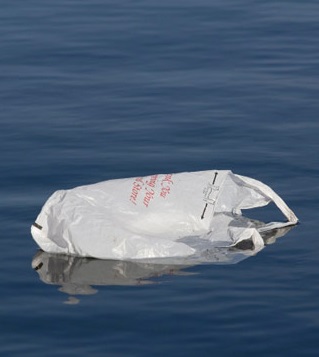Collector selection key to smashing plastic
 New analysis says dredging plastic waste from coastal locations is the most efficient way to clean it up without damaging ecosystems.
New analysis says dredging plastic waste from coastal locations is the most efficient way to clean it up without damaging ecosystems.
Floating plastics like bags, bottles and caps, fibres and ‘microbeads’ flood our oceans from rivers and sewers, eventually making their way to the deepest and most remote locations on the planet.
A team from Imperial College has been looking at ways to tackle the Great Pacific garbage patch, and to avoid such a massive accumulation happening again.
Their study, led by oceanographer Dr Erik van Sebille, says cleanup efforts should start at the source.
“The Great Pacific garbage patch has a huge mass of microplastics, but the largest flow of plastics is actually off the coasts, where it enters the oceans,” co-author Peter Sherman from the Grantham Institute for Climate Change has told Guardian reporters.
“It makes sense to remove plastics where they first enter the ocean around dense coastal economic and population centres where there is a lot of marine life,” added Dr van Sebille.
“It also means you can remove the plastics before they have had a chance to do any harm. Plastics in the patch have travelled a long way and potentially already done a lot of harm.”
The team modelled ocean plastic movements to find the most effective place to deploy plastic collectors while preventing not harming wildlife and ecosystems.
They found that plastic collectors placed around coasts would be more beneficial and less destructive than just focusing on the patch.
In a theoretical model of a ten-year plastic-collection scheme (running from 2015 to 2025), the pair calculated that only 17 per cent would be removed if plastic collectors were located in or near that large garbage patch.
However, placing collectors on coasts, particularly near China and the Indonesian Islands, was shown to potentially remove 31 per cent of the material
They also found that placing collectors near coasts reduced their potential to influence phytoplankton populations by 46 per cent compared to placing the collectors in the patch.








 Print
Print